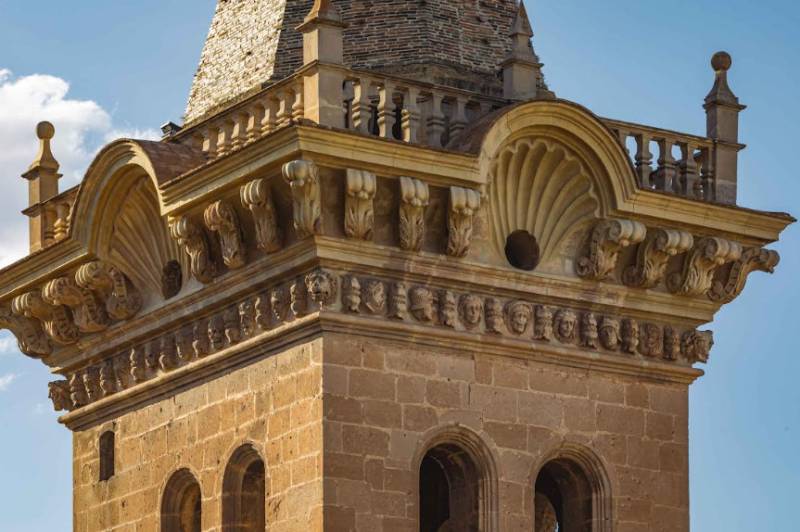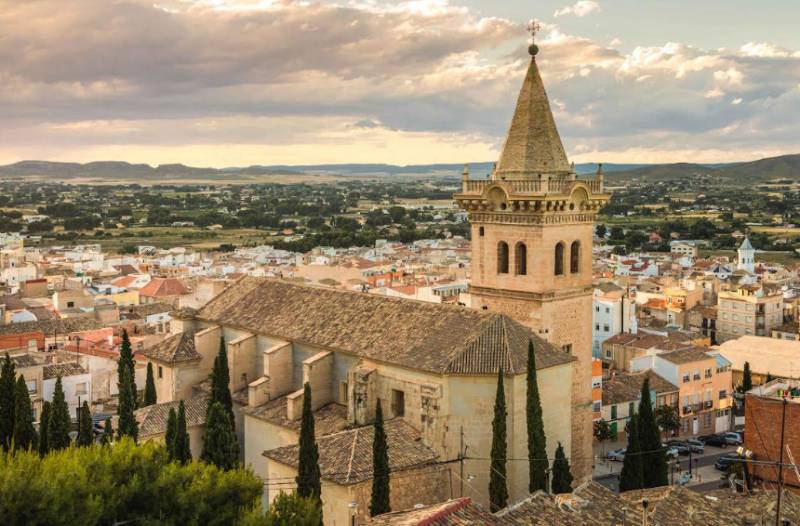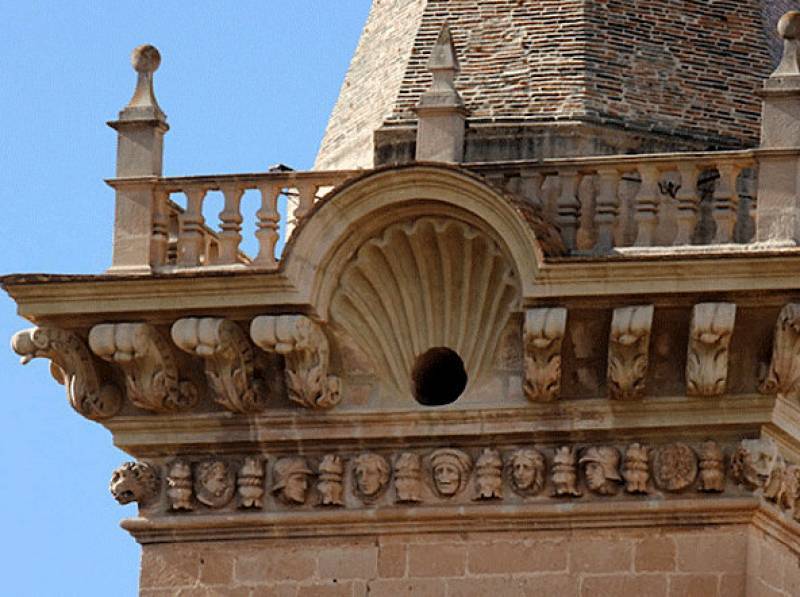

Guidelines for submitting articles to San Javier Today
Hello, and thank you for choosing sanjavier.today to publicise your organisation’s info or event.
San Javier Today is a website set up by Murcia Today specifically for residents of the urbanisation in Southwest Murcia, providing news and information on what’s happening in the local area, which is the largest English-speaking expat area in the Region of Murcia.
When submitting text to be included on San Javier Today, please abide by the following guidelines so we can upload your article as swiftly as possible:
Send an email to editor@spaintodayonline.com or contact@murciatoday.com
Attach the information in a Word Document or Google Doc
Include all relevant points, including:
Who is the organisation running the event?
Where is it happening?
When?
How much does it cost?
Is it necessary to book beforehand, or can people just show up on the day?
…but try not to exceed 300 words
Also attach a photo to illustrate your article, no more than 100kb

August 29 and 30 Guided tours of the Iglesia Vieja in Yecla
The old church of Yecla, known for its iconic tower, is to be converted into a cultural venue
 The Iglesia de la Asunción, more usually known in Yecla as the Iglesia Vieja (the old church, since before the construction of the Basilica in 1868 it was the most important religious building in the town) is due to undergo a renovation and interior transformation process beginning in September this year, and to give both locals and visitors a last chance to see the building in its religious format a series of four 90-minute guided tours is being held on 29th and 30th August.
The Iglesia de la Asunción, more usually known in Yecla as the Iglesia Vieja (the old church, since before the construction of the Basilica in 1868 it was the most important religious building in the town) is due to undergo a renovation and interior transformation process beginning in September this year, and to give both locals and visitors a last chance to see the building in its religious format a series of four 90-minute guided tours is being held on 29th and 30th August.
These tours begin at 18.30 and 20.15 on Friday 29th August and at 10.00 and 11.45 the following day, with registration already available online here for the Friday and here for the Saturday.
 Work first started on this Gothic/Renaissance-style building, which is located between the Town hall and the Santuario del Castillo in the higher part of Yecla, in 1508 and it was completed in 1540, after which more was added in various stages. The first of these stages included the central part of the building and the base of the main tower – this is unusual, because during the Middle Ages and Early modern period it was customary to build the “business end” of churches first, creating space for the altar so that services could be conducted. After 1540 came the apse and the rest of the tower, while the choir was created later in the 16th century and the sacristy appears to have been added later still.
Work first started on this Gothic/Renaissance-style building, which is located between the Town hall and the Santuario del Castillo in the higher part of Yecla, in 1508 and it was completed in 1540, after which more was added in various stages. The first of these stages included the central part of the building and the base of the main tower – this is unusual, because during the Middle Ages and Early modern period it was customary to build the “business end” of churches first, creating space for the altar so that services could be conducted. After 1540 came the apse and the rest of the tower, while the choir was created later in the 16th century and the sacristy appears to have been added later still.
Unfortunately the Iglesia Vieja was one of the victims of the Spanish Civil War, and was burnt and ransacked in 1936. The losses included the magnificent Renaissance altar screen, the archives, the sculptures and paintings and the “lignum crucis” (or fragment of the Cross on which Jesus was crucified) and not until 1986 was the first restoration work undertaken.
 One of the most interesting features is the decoration of the tower, where on the upper levels there are sculpted representations of the different social strata in the still largely feudal society of Spain in the 16th century: on the northern side seven knights, on the south are four heads (three men and a lion), on the eastern side are the faces of two women, possibly the Virgin Mary and Mary Magdalene, while on the west are figures representing the clergy.
One of the most interesting features is the decoration of the tower, where on the upper levels there are sculpted representations of the different social strata in the still largely feudal society of Spain in the 16th century: on the northern side seven knights, on the south are four heads (three men and a lion), on the eastern side are the faces of two women, possibly the Virgin Mary and Mary Magdalene, while on the west are figures representing the clergy.
At the top of the tower a large iron ball is suspended: during the years of neglect after the Civil War this fell into the nave and through it to the crypt, but it has been returned to its original location as part of the restoration.
Further information is available from the tourist office of Yecla (email turismo@yecla.es) or, for more visiting information in English, go to the home page of Yecla Today.







